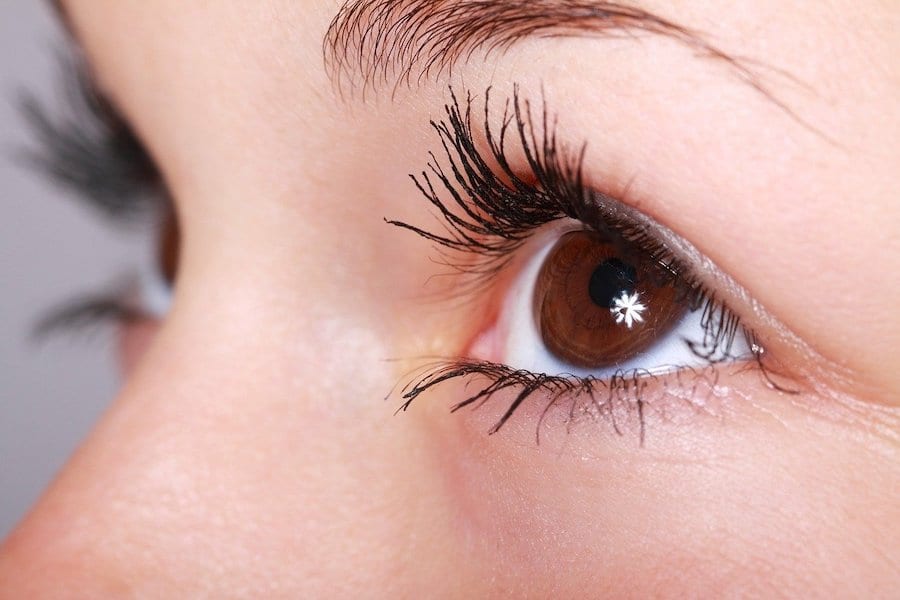Amid lockdowns and teleworking, school closures and keeping kids amused, it feels as though we have never been more focused on our digital screens. Maintaining good eyesight, therefore, is essential, and French Optician Ksenia Jarnova has offered to give us some simple exercises to help prevent eye strain and maintain healthy eyes.
After 10 years of working in various optical establishments, I realised that an alternative solution to better eyesight existed and that it could be natural and accessible for most of the population.
How much time do you spend in front of the screen for work? How much time do you spend on your phone with social media? How much time do you spend leisurely scrolling over an iPad?
You are mostly likely aware that, in general, we spend over eight to 10 hours or more in front of screens daily, and most of our work and personal-leisure activities are related to screens and close distance use of our vision.
Due to the Covid crisis, work has also transferred online in many cases, increasing this time in front of a screen. You can only imagine what damage it does to our eyesight.
Even though technology has made our lives better and faster, sometimes eliminating the need for a shared workspace for many, we do understand that our eyes are over used in close distances and that eyestrain is an enormous issue.
A study by researchers at the Brien Holden Vision Institute predicts that nearly five billion people will become myopic by 2050, affecting 50% of the world’s population. Myopia, otherwise known as near-sightedness or short-sightedness, is an eye disorder where light focuses in front of, instead of on, the retina, causing distant objects to be blurry.
The researchers mainly attribute this to the use of computers and too much time spent within a four-wall distance.
While I agree that too much time spent in front of screens is a problem, we cannot avoid using them in our modern world. However, we can change and adapt our way of working with screens so that eyestrain is reduced and the side effects of over using screens is less harmful.
Did you know that there is such a thing as basic eye hygiene and that there are ways to rest our vision to make screen overuse less dangerous? It is possible to prevent eyestrain by doing some simple techniques at your work space or home, and I am not simply talking about the blue light filters for computer screens or taking a pause every two hours. There are many things that even I, as a professional optician, did not not consider.
Easy, daily techniques
There are simple and sometimes fun activities that we can all use at our work space which allow us to rest, stimulate and energise our vision for only couple of minutes.
Simply by changing our habits slightly and understanding the needs of our vision, we can make a significant improvement in our performances at work and daily lives.
Did you know that the distance of rest for our vison is over five metres? That means that any distance between our eyes and five meters demands effort from our visual system. Now, let’s do some exercise for visual comfort:
After reading this sentence, look beyond five meters – if possible at something in nature, trees on the mountains, the horizon etc. Now add rapid blinking, like a butterfly with its wings, for 10 to 15 seconds. Do this every two to three hours when working with screens.
We can also do a bit of “eye yoga”. This involves moving our eyes in every direction, so we make our six eye muscles more tonic.
If you wear prescription glasses while doing those little techniques please take them off. If you have contact lenses, do it any way while wearing them in order not to interfere with eye hygiene.
In order to prevent eyestrain, we need to learn how to give rest to our vison, how to keep it dynamic and sharp at every distance that the eyes need to see.
Nutrition is also very important for our vision to perform at its optimum.
We should reconsider how we are using our vision in front of screens in order to regain the visual comfort and pleasure in using them again!
To learn more about preserving eyesight and preventing eye strain, click here.
Covid and excess eye strain
